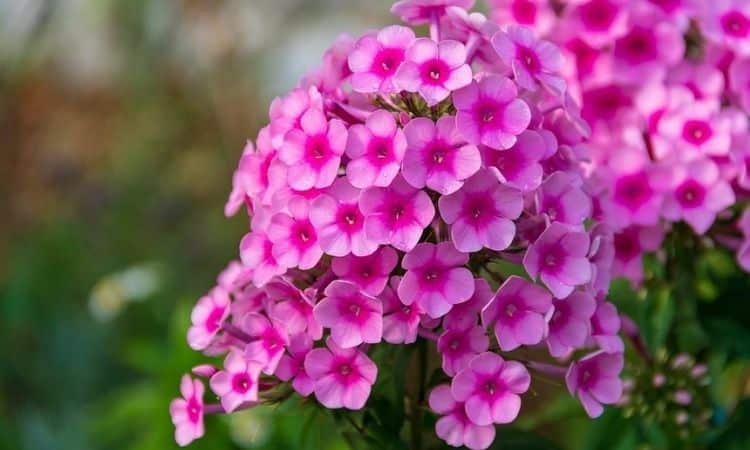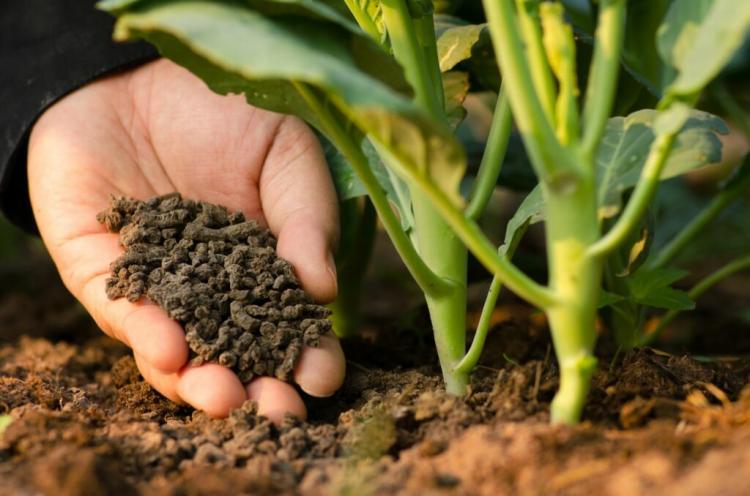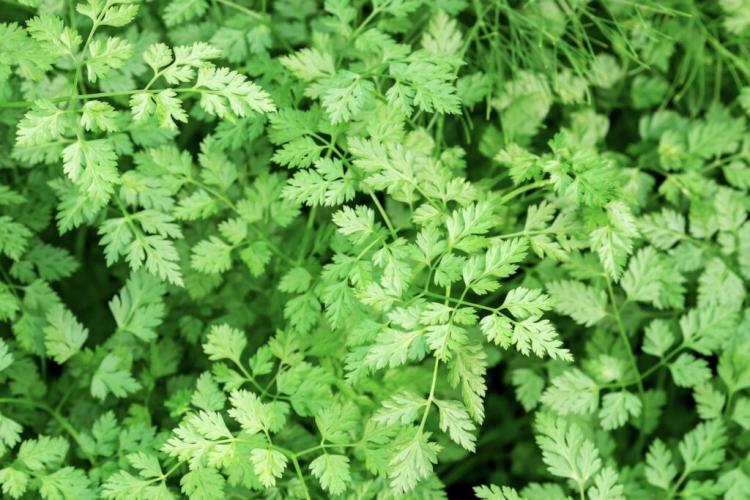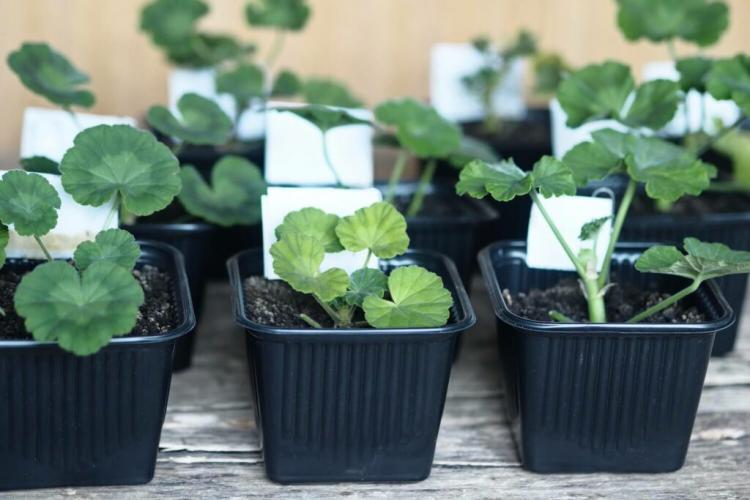Fertilizer Azaleas: Professional Tips For Perfect Flowering
Even if the azalea does not have many demands, it is happy to be fertilized from time to time. We show you what you have to consider when fertilizing azaleas. Basically, the name “azalea” is a rather vague term. The beautifully flowering plants are actually representatives of the genus Rhododendron (Rhododendron).
But which rhododendron species is considered an azalea and which not depends on the leaves: Deciduous and also small-leaved rhododendron species are called azaleas. The native alpine rose (Rhododendron hirsutum) belongs to this group.
Some azalea species can therefore be kept in the open, while the two species pot azalea (Rhododendron simsii) and Japanese azalea (Rhododendron japonicum) are particularly popular as indoor azaleas. To keep your azalea – of whatever species – in good health, you should definitely take a closer look at its fertilization.
Azaleas thrive in many parts of the world – and even in the USA. What unites them all is their love of hummus. The plants are downright shallow roots. They spread their root network just below the surface, where the humus content is highest. In contrast to the subsoil, a rather acidic environment often prevails here, as the azaleas like it. When fertilizing azaleas, you should therefore not only consider the nutrients, but also the pH value of the soil and the humus content.
The right time to fertilize azaleas
Table of Contents
From the middle of April, it is time to open the fertilizing season. Since slow-release fertilizers are best suited for azaleas, they are also fertilized with them directly at this time. The nutrients are then continuously released into autumn. However, fertilizers with a long-term effect of fewer than four months should be applied a second time after flowering. However, during the flowering period itself and shortly afterward, you should not apply fertilizer.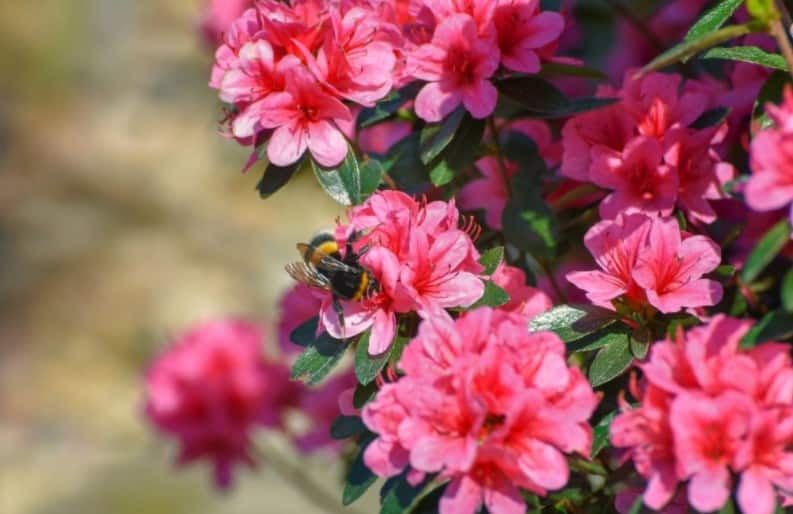
The perfect fertilizer for azaleas
For azaleas in pots, slow-release fertilizers of various forms are the best choice. Various rhododendron fertilizers are suitable for azaleas. Actually, it depends mainly on the concentration of nutrients. This should be such that nitrogen and potassium are represented in about the same amount. Phosphorus on the other hand should be slightly less.
It consists almost exclusively of organic material and thus contributes to active humus formation. In general, you should prefer fertilizers with organic material for azaleas and other rhododendron species, as hummus is extremely important for these plants. If you have selected a non-physiologically acidic fertilizer, you should not forget to check whether the soil still has the right pH value. If it becomes too acid, you should take countermeasures.
Planted azaleas that are not deprived of nutrients usually do not need any fertilizer at all. Simply place the wilted flowers back at the feet of the azalea. In this way, the plant’s flowers are converted into humus and the nutrients it contains can be reabsorbed by the plant. In this way, a nutrient cycle can be created.
Fertilize azaleas organically: Instructions for application
Shake the bottle before use and add 15 milliliters of the fertilizer to 5 liters of water. The sensitive roots of the plant are located just below the surface of the soil, in the uppermost layer of the soil. The advantage of the liquid fertilizer is that the roots are not damaged or stressed and the plant still has valuable nutrients.
Since organic fertilization quickly reduces acidity, it is recommended to acidify the soil if necessary. This is easier than it sounds and you can also safely do it without peat. Simply apply a layer of needle litter or leaves, preferably oak leaves, to the soil above the root area. If this is not an option for aesthetic reasons, you can also compost the leaves beforehand and distribute the leaf compost.
A layer of bark mulch is also simple and effective. Like leaf and needle litter, this also protects the soil from drying out and promotes soil life and humus growth.
Fertilizing azaleas with blue grain
Azaleas can be fertilized with mineral fertilizers, but this is not optimal. Regardless of the problematic environmental aspects, they cannot contribute to soil fertility and humus formation. And hummus is the preferred location of azalea roots.
If you still want to use mineral fertilizers, it is best to use rhododendron fertilizers. These have the right nutrient ratio and are also physiologically acidic, which is vital for azaleas, especially in alkaline soils. In addition, fertilizers with a depot effect are advantageous, as the plant is continuously supplied with nutrients. This is better for the plant and also protects the gardener.
You can also use blue grain, but caution is required here. The nutrients in blue grain are highly dosed, which in the worst case can lead to overfertilization. Also, the leaching of nutrients and a resulting threat to the groundwater are serious arguments. Therefore, use highly concentrated fertilizers like blue grain only sparingly. To maintain a long-term supply of nutrients, you must use blue grain regularly.
Fertilizing azaleas with household remedies
The most prominent example of the use of household remedies is certainly coffee grounds, which are ideal for azaleas due to their nutrient composition and slightly acidic effect.
If your tap water is soft and has only a small amount of lime, then you can sometimes coordinate the cooking of potatoes with the watering of your azaleas. The cooking water is enriched with valuable nutrients and when cooled down it contributes to the health of your azalea.
Fertilizing azaleas – in brief:
- Fertilization from spring to autumn, not during the flowering period and shortly after.
- Long-term fertilizer is sensible.
- Nutrient content: nitrogen and potassium approximately balanced, less phosphorus.
- Prefer organic fertilizers, as they promote humus formation. Humus is of great importance for azaleas.
- Check the pH value of the soil and acidify it with various organic substances if necessary.
